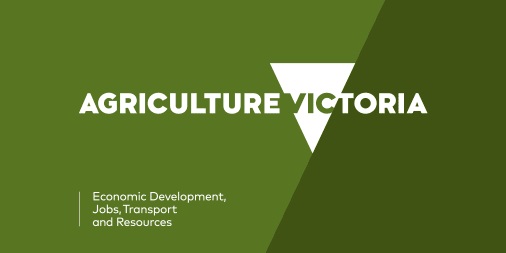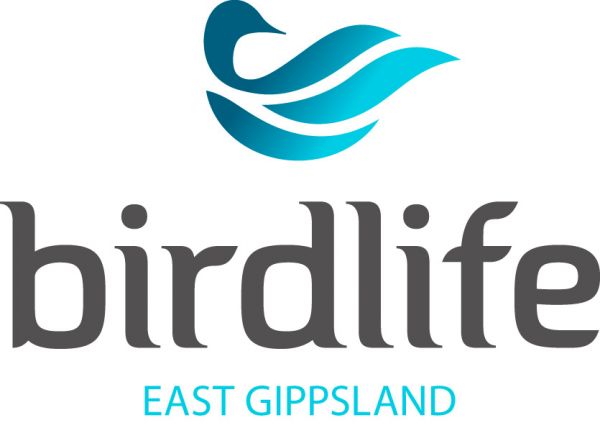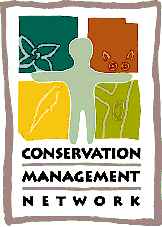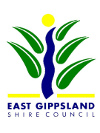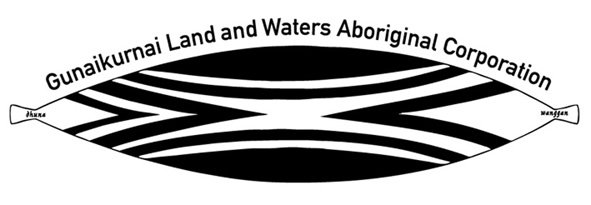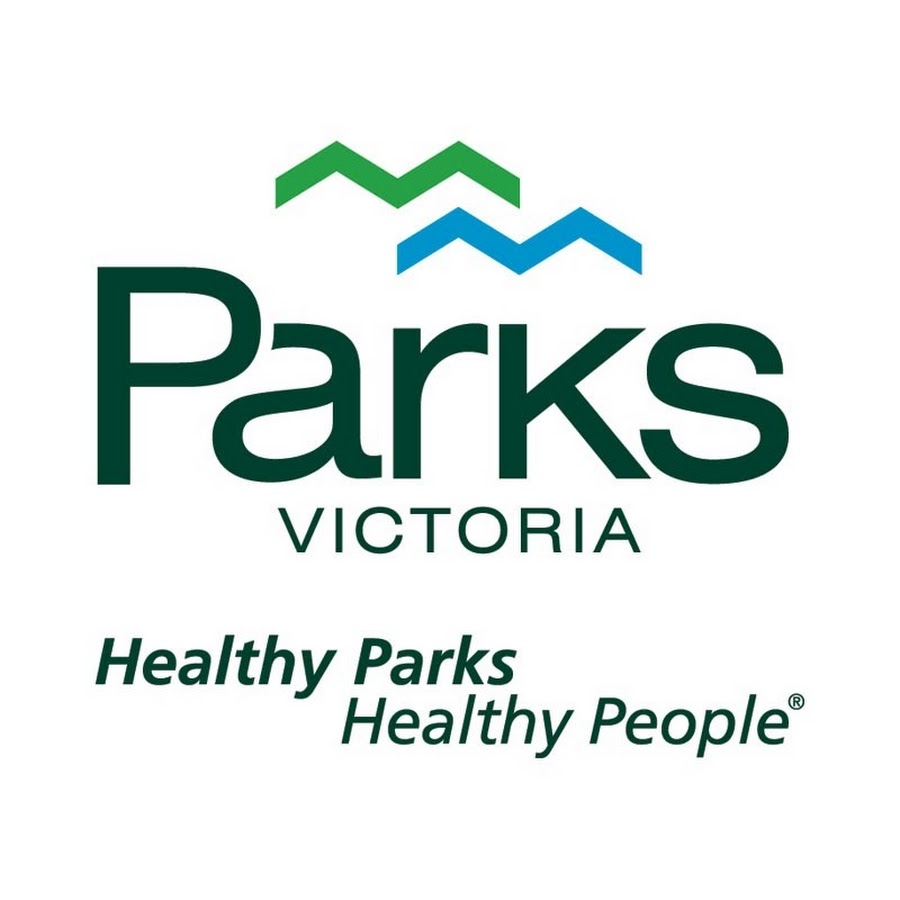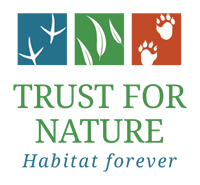- Home /
- This Strategy /
- Strategy implementation
The management of our region is a responsibility that we all share. The challenge now is to work together with individuals, community groups, Traditional Owners and delivery agencies to implement the actions outlined in the RCS.
The RCS was developed in collaboration with all partners, including the commitment to actions and outcomes. Implementation of the strategy will use an accountability model, that is, the East Gippsland Catchment Management Authority will lead the monitoring, evaluation and reporting of the strategy, with partners providing input into the progress of delivery.
Arrangements of accountability and reporting on progress will include meetings, one on one discussions, providing data annually, and ensuring we are working together across the region in an integrated way to report on progress.
This RCS has been developed with close alignment to existing regional strategies. This approach will increase the ownership of the outcomes described in the RCS and maximise the efficiency and alignment of the delivery of outcomes by regional partners.
This approach aims and improve the robustness of reporting against the targets and outcomes in the RCS by ensuring that regional partners can utilise data already collected through other mechanisms to inform reporting against the RCS.
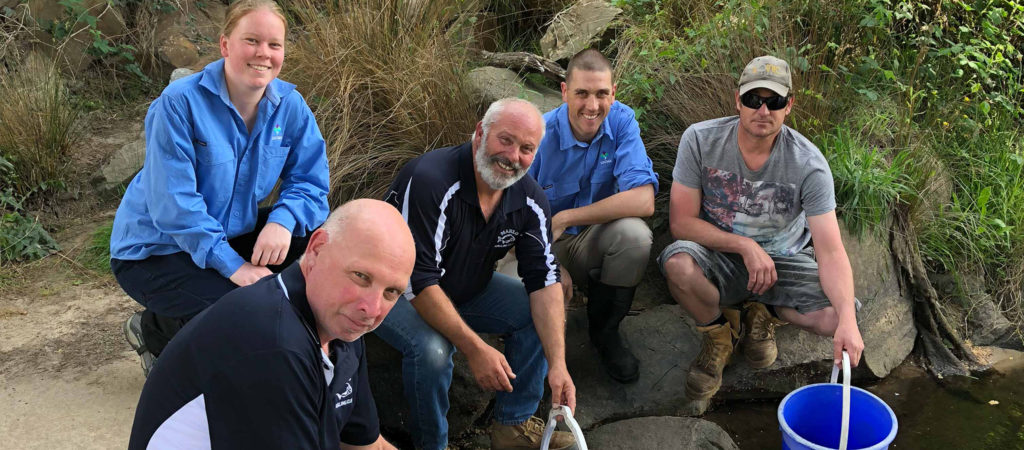
With respect to the delivery of actions outlined in each of the Local Areas covered by this RCS, there are four phases in the implementation framework. These phases describe the current status and trajectory of the local area. Different places across a single Local Area may be in different phases of the implementation framework.
- Target setting
A vision is set for each local area, including outcomes, aiming for the healthiest environment tailored to community and Traditional Owner aspirations and regional characteristics. Actions are developed in collaboration with partner agencies, targeting threats to the Local Area.
- Taking action
Land managers and community work intensively to maintain and improve our natural environments. Examples of work undertaken during this phase include pest plant and animal control, revegetation, and hosting engagement events. This phase is working together to achieve results on the ground.
- Recovery and growth
Once the delivery of on ground works is complete, the local area (and the life within it) will take some time to recover and establish. In some cases, environmental works will cause a minor decline before the environment can find its balance and improve in condition. This phase provides for onground works to be delivered at a level for the environment to establish into a stronger, more resilient, and healthier Local Area.
- Target achieved
The Local Area is resilient, providing community values and is largely naturally sustained. Threats to the local area are now reduced (along with the costs to fix them). The environment is stronger, more resistant, and resilient to threats. The local area will need minimal maintenance, although ongoing monitoring may be required, and the outcomes have been achieved.
Many individuals, community groups, Traditional Owners, and delivery agencies have interests and responsibilities in the management of natural resources for East Gippsland and we will work together to deliver the actions and achieve the outcomes in the RCS.
Many of these partners have existing interests or responsibilities for areas of land and water, or activities, values or threats across these areas.
Collaboration and the delivery of target outcomes through partnerships are key to the implementation of this RCS over the next 6 years. Regional delivery partners will contribute to the implementation of the RCS through:
- Undertaking the statutory or legislative roles and responsibilities of their organisations
- Working in partnership with other organisations, individuals, or groups to deliver projects on contribute to strategic or action planning projects
- Continuing to build meaningful partnerships with Traditional Owners across the region to help generate positive outcome for Country
- Securing investment for the region to allow delivery of key projects either through their own or partner organisations
- Engaging with the community to understand current and future priorities across the region
- Providing support, advice, or permissions for activities to take place across the region
The key partners involved in the delivery of the RCS include:
Agriculture Victoria
Agriculture Victoria works in partnership with farmers, industries, communities and other government agencies to support and grow agriculture in Victoria. The organisation focusses on profitable and sustainable farming in thriving regional and rural communities across Victoria. Key responsibilities include biosecurity, animal welfare, farm safety and welfare, and research.
Birdlife Australia
Birdlife Australia is a not-for-profit organisation and the nation’s largest bird conservation organisation. It has been a voice for Australia’s birdlife for well over a century, protecting birds and their habitats through a range of programs and informed advocacy. Its mission is to make a real and positive difference for Australia’s birds and to help people learn about and appreciate birds.
Department of Environment, Land Water and Planning (DELWP)
The Department of Environment Land Water and Planning (DELWP) is focused on creating a liveable, inclusive and sustainable Victoria with thriving natural environments – where the community is at the centre. It has programs focussed on climate change, wildlife, land and property, environment, water and catchments, forests and reserves and planning. It is also responsible for Forest Fire Management Victoria.
East Gippsland Catchment Management Authority
The East Gippsland Catchment Management Authority (EGCMA) provides for the integrated management of land, biodiversity and water resources in the region. The Authority disseminates Government policy and information to the community of East Gippsland and provides strategic leadership on current and emerging government initiatives in natural resource management. It acts as a conduit between government and community to build cooperative connections between the two.
The EGCMA is directly accountable under the Water Act 1989 for licensing works on waterways and planning referrals on floodplains and also provides advice and information on other river health related issues. A focus of the EGCMA is to foster project delivery through partnerships with stakeholders, including the delivery or on ground river health improvement works programs across East Gippsland.
East Gippsland Conservation Management Network
The Conservation Management Network is a community run charity who work with a range of community members and stakeholders to look after East Gippsland’s unique environment.
East Gippsland Shire
The East Gippsland Shire Council (EGSC) covers the greatest area of the two local government’s that occur across the East Gippsland CMA region. There are four key areas that EGSC plays a role in delivering on the RCS these include, public land management; flood and stormwater management; strategic planning and regulation; partnering; and advocacy.
Greening Australia
Greening Australia is a not-for-profit organisation committed to tackling Australia’s environmental challenges, to return life to landscapes and balance to the natural environment in ways that work for communities, economies and nature. To help threatened plants and wildlife, and combat global climate change, Greening Australia works across southern Australia’s landscapes, integrating large-scale re-afforestation and carbon sinks into farming systems to create healthy, productive landscapes for people and nature.
Gunaikurnai Land and Water Aboriginal Corporation (GLaWAC)
GLaWAC is the Registered Aboriginal Party that represents the Gunaikurnai people, the Traditional Owners of our country, as determined by the Victorian Heritage Council under the Aboriginal Heritage Act, 2006. As part of their role, GLaWAC have an On Country team. The team plays an active role in ensuring the protection, preservation, rehabilitation and sustainable use of our Country as guided by the Gunaikurnai Whole of Country Plan. GLaWAC are a key partner in the delivery of the RCS.
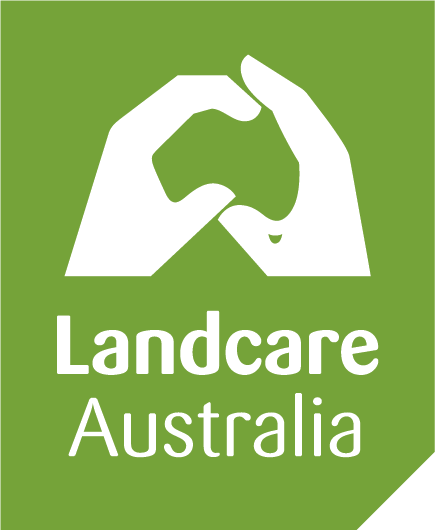
Landcare
Across East Gippsland there are more than 30 Landcare groups. These groups are organised into three networks: East Gippsland Landcare Network, Far East Victoria Landcare and Snowy River Interstate Landcare Committee, and they cover approximately 742,000 hectares across the region. The groups and networks are active in a huge range of land management issues ranging from soil health and farm productivity, management of invasive species, conservation of native flora and fauna, and protection of the region’s waterways.
Parks Victoria
Parks Victoria manages a diverse network of parks that are home to over 4,300 native plant species and 948 native animal species. These parks include some of Victoria’s largest and most undisturbed ecosystems – landscapes like the Alps, the mallee, grasslands and inland waters and wetlands. It covers Victoria’s marine national parks and sanctuaries that protect a wide array of marine life.
Trust for Nature
Trust for Nature play a unique role in Victoria’s biodiversity conservation by protecting the diverse range of native plants, animals and habitats found on private land. Trust For Nature uses a variety of methods to achieve conservation goals across region. On title agreements, or Conservation Covenants are used to protect private land in perpetuity. These are a legally-binding agreement placed on a property’s title to ensure native vegetation is protected forever. The Trust also purchases properties with unique conservation value using their Revolving Fund.
Other natural resource management agencies, state and federal government authorities and delivery partners
In addition to the partners listed above other partners and groups play a role in the management of natural resources in the region and in delivering the RCS: Organisations including the Commonwealth Department of Agriculture, Water and the Environment, the Gunaikurnai Traditional owner Land Management Board, the Environment Protection Authority, East Gippsland Water, Southern Rural Water, Gippsland Ports, Wellington Shire Council, the State Emergency Service, the Bureau of Meteorology, and Regional Roads Victoria are all important partners for our region. These organisations contribute to strategic and action planning projects across the region, engage with our community on issues and priorities, and deliver projects that contribute to achieving outcomes described in the RCS.
Traditional Owners/First Nations
The Aboriginal community in East Gippsland is represented by the Gunaikurnai, Bidwell and Ngarigo Monero people. Key organisations representing and supporting Traditional Owners and First Nations peoples in East Gippsland include:
- Gunaikurnai Land and Water Aboriginal Corporation
- Bidwell First Nations Corporation
- Nindi Ngujarn Ngarigo Monero Aboriginal Corporation
- Gippsland East Gippsland Aboriginal Corporation
- Moogji Aboriginal Council
A map of the Registered Aboriginal Parties in Victoria can be found here.

